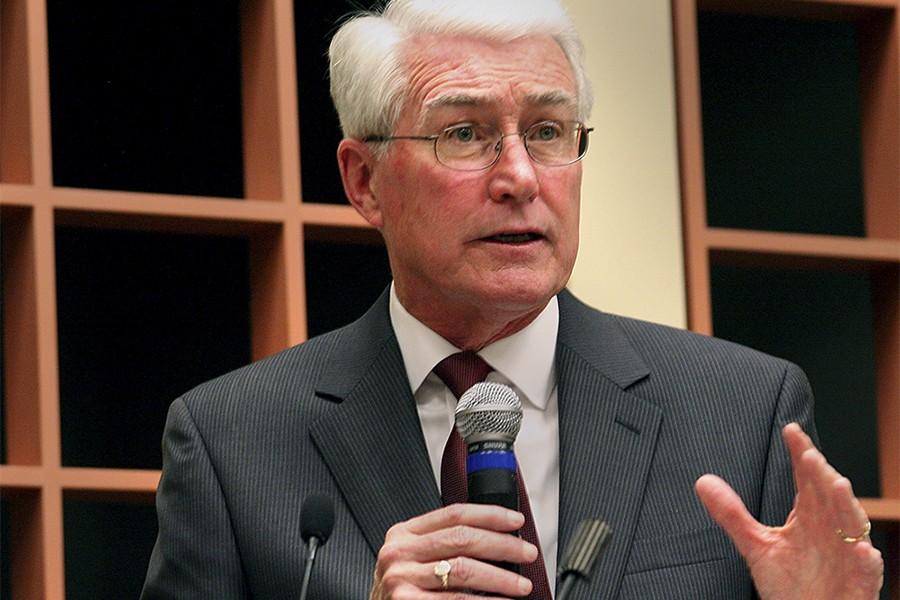Renewable energy to replace current steam plant
The new Renewable Energy Center that will replace the current steam plant, built around 1925, will use wood to produce synthetic natural gas.
Ryan Siegel, campus energy and sustainability coordinator, said the byproduct of this process will produce soluble fertilizer. He said the center would have a natural gas and propane back up.
“This is an environmentally friendly and sustainable solution,” Siegel said.
An informational meeting will be held at 4:30 p.m. today in Room 3080 of the Life Science Building to discuss the energy audit and the Renewable Energy Center.
The meeting is open for everyone to attend.
Gary Reed, director of facilities, planning and management, said the presentation would focus mainly on the energy center.
The presentation will give a general overview of the center; it will show what the plant will be like and how different it will be from the current system.
Construction of the new $40 million power plant will start in Spring 2009.
President Bill Perry said, when it comes to a steam plant, fuel of some sort has to be used, whether that is coal, natural gas or other alternatives.
“What we wanted to do was find a fuel that would be sustainable, green, renewable and would supply the amount of steam that we would need,” Perry said.
The existing plant burns coal and uses direct combustion, Siegel said.
The new center will burn non-treated wood chips, byproducts from the lumber industry.
Each day, four to five semi-trailers will deliver wood chips to the center, with additional trucks possibly delivering on Fridays.
Siegel said Honeywell International selected the plant through the audit.
He said the audit identified a number of areas where the university would be able to reduce its energy bills.
Perry said the location of the plant was decided already in the existing Campus Master Plan. The center will be located off the intersection of 18th Street and Edgar Drive.
To decide on the type of plant, the audit revealed a number of alternatives.
Perry said given the location of the university, the wood-powered plant, as well as wind generation, made a lot of sense.
“So, with those ideas in mind, we engaged consultants to see what cost benefit return would be best to those approaches,” Perry said.
Both wind and wood are available in this part of the country. Switch grass is also a possibility for the steam plant along with wood chips, which are also available.
“Over all, the analysis showed that this was a very powerful alternative to us,” Perry said.
Perry said the new center has several advantages. It has clean source emissions and wood is renewable as opposed to the non-renewable coal Eastern currently uses.
The energy center will not produce electricity, Siegel said.
“An electrical generator was investigated, but the additional ancillary equipment to support electrical generation would have consumed nearly all the electricity produced,” he said.
The audit also examined possibilities for wind energy generation that would produce electricity.
Eastern is planning to construct a small wind farm to generate energy.
Siegel said the wind turbines would offset one-third of campus electricity. He said three turbines were selected as being most economical.
“However, the cable would be sized for additional turbines in case more would become viable in the future,” Siegel said.
Perry said wind, solar and other options were looked at on the electrical side.
“Wind seems to be a better alternative in terms of payback,” Perry said.
He said that does not mean solar power would not be used in smaller terms on campus. Perry said it will be a long process though, and Eastern is taking it a step at a time.
He said right now, the university has a steam plant that needs to be replaced.
Additional meetings will be held at 10 a.m. Friday in the Charleston/Mattoon Room of the Martin Luther King Jr. University Union and at 6:30 p.m. Monday, Nov. 17, in the Charleston Carnegie Public Library Rotary Room A.
Emily Zulz can be reached at 581-7942 or at eazulz@eiu.edu.


































































